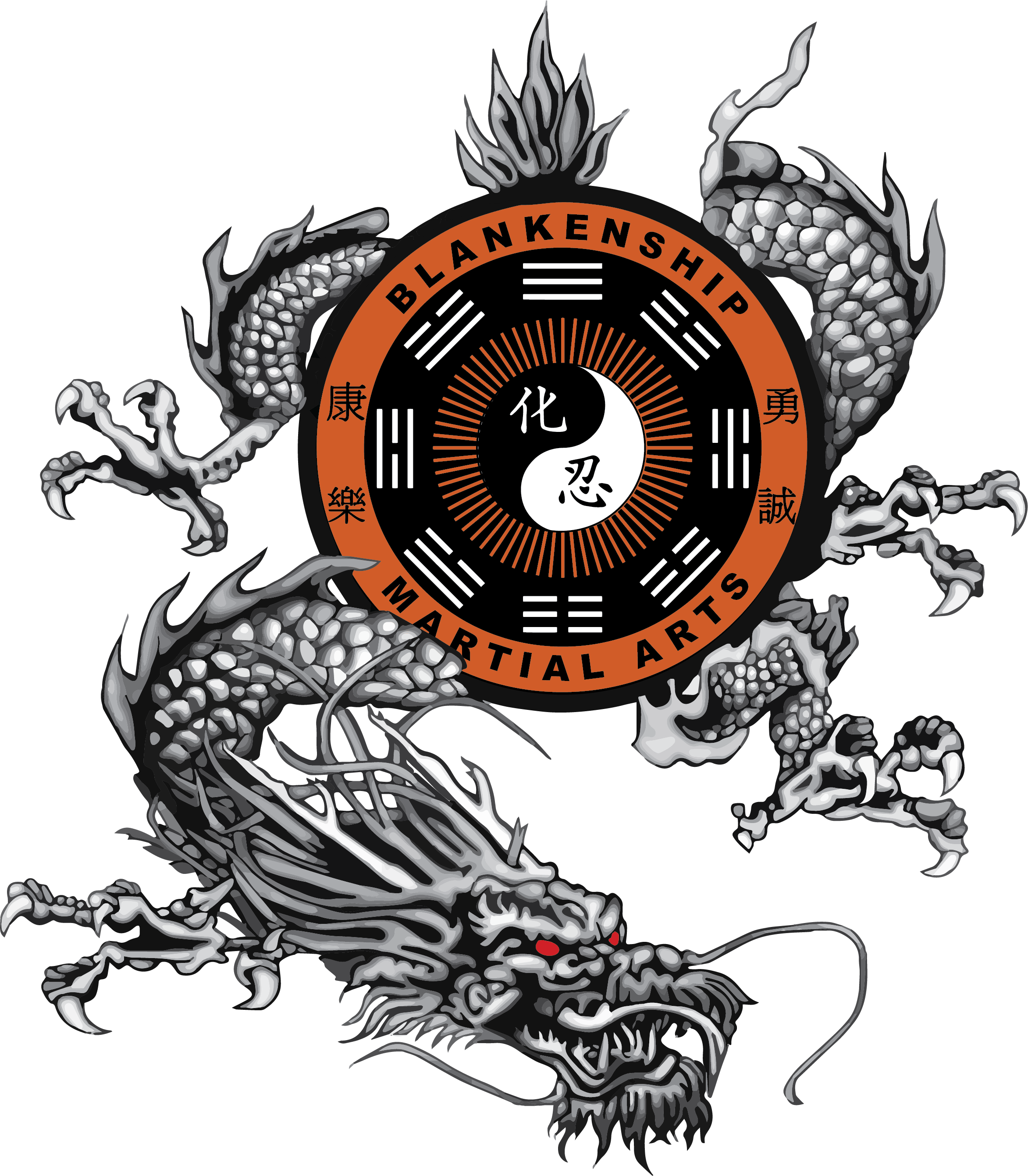Examination: 2nd Gup
2nd Gup Examination
2nd Gup Brown |
Testing for Black Belt Candidate |
Instructions: The multiple choice/matching part of the test should be taken in the dojang. The essay questions may be completed outside of the dojang, and turned in with your answers to the essay questions posted on the door of the training area.
1. Match the following Japanese martial arts with their descriptions:
| (a) Aikido | (1) based on a staff 5 to 6 feet in length |
| (b) Iado | (2) based on a spear-like weapon |
| (c) Kenjutsu | (3) combines the art of archery with the principles of Zen |
| (d) Judo | (4) an art of Japanese swordsmanship |
| (e) Sumo | (5) said to have been originally intended for disarmed warriors, so that they could defend themselves against armed enemies |
| (f) Kaijutsu | (6) consists mainly of releases, throws, and joint locking techniques |
| (g) Kyudo | (7) a wrestling art |
| (h) Jujutsu | (8) the art of using the voice as a weapon |
| (i) Bojutsu | (9) "the gentle way" |
| (j) Naginata jutsu | (10) a spiritual art of drawing the sword |
2. Match the following Korean martial arts with their descriptions:
| (a) hwarang do | (1) a forerunner of tae kwon do |
| (b) tae kwon do | (2) an ancient art which combines combat and healing |
| (c) taekyon | (3) presently a popular wrestling art |
| (d) cireum | (4) is presently a popular open hand and foot art in Korea |
| (e) tang soo do | (5) a martial art created in 1955 |
3. For the following martial arts styles, mark external Chinese styles with an "E", and internal Chinese martial arts styles with an "I".
- Hsing I
- Pequa
- Tai chi chuan
- Wing chun
- Hung gar
- Liuhe Bafa
- Praying Mantis
- Eagle Claw
- Paqua
- Choy li fut
4. Match the following martial arts to their country of origin. Choose from the following list: (1) Burma; (2) Indonesia; (3) Brazil; (4) Malaysia; (5) Russia; (6) India; (7) Philippines; (8) France.
- Arnis
- Savate
- Pentjak silat
- Bando
- Bersilat
- Escrima
- Kalari payat
- Capoeira
- Pokulan
- Sambo
5. Match the following biography with the martial artists:
| (a) founder of Judo | (1) Kenji Tomiki |
| (b) founder of kobayashi ryu Okinawan karate | (2) Choshin Chibana |
| (c) founder of shobayashi ryu Okinawan karate | (3) Doshin So |
| (d) founder of the matsumura orthodox branch of shorin ryu | (4) Joo Bang Lee |
| (e) founder of the matsubayashi ryu branch of shorin ryu | (5) Jigoro Kano |
| (f) founder of shudokan | (6) Gogen Yamaguchi |
| (g) a master of gojo ryu, who systematized instruction methods, and originated free sparring in karate | (7) Kanryo Hagishionna |
| (h) a senior disciple of Morihei Ueshiba | (8) Hohan Soken |
| (i) a senior disciple of Morihei Ueshiba who founded yoshin Aikido | (9) Koichi Tohei |
| (j) renowned Okinawan master of shuri-te; many of his students founded other karate styles, such as shotokan, shito ryu and shudokan | (10) Gozo Shioda |
| (k) grandmaster of Hwarang do | (11) Chotoku Kyan |
| (l) founder of shorinji kempo | (12) Yong Shul Choi |
| (m) a master of naha te, and widely regarded as one of the most influential karate instructors in Okinawan history, whose students founded goju ryu, shudokan, and shito ryu | (13) Shoshin Nagamine |
| (n) a senior disciple of Morihei Ueshiba who founded an aikido style named after himself | (14) Yasutsune Itosu |
| (o) an instructor of Aiki-Jujutsu | (15) Shokaku Takeda |
| (p) founder of Hapkido | (16) Kanken Toyama |
6. What is the country of origin of the following. Choose from: (1) Japan, (2) Okinawa, (3) Korea, or (4) China:
- koryo hyung
- pyung ahn o dan
- han son dae ryun
- dan kwon
7. Vocabulary
| (a) weapons | (1) himm |
| (b) short fist | (2) batsai te |
| (c) force/power | (3) dan bong |
| (d) short staff | (4) sin chong |
| (e) way of archery | (5) son-kut choki |
| (f) peacock hand | (6) cha ru |
| (g) tonfa | (7) koong do |
| (h) sword | (8) shim duk kwan |
| (i) school of virtuous mind | (9) mu ki |
| (j) short flail | (10) tan do |
| (k) application | (11) dan kwon |
| (l) dagger | (12) shim soo do |
| (m) destroy the fortress | (13) tan do li ga |
| (n) way of mind hand | (14) gum |
8. When teaching the warm-up sequence to first-lesson students, which of the following are important considerations (choose all that apply)?
- Demonstrate first so the student can understand and perform the movement
- Keep the intensity and excursion of the movements low so that students will be safe
- Make sure students are relaxed
- Increase the pace so the students are thoroughly warmed up
- Give short verbal description while demonstrating
Essay questions:
9. What is the meaning of the first step in batsai te?
10. What additional considerations arise when teaching a student who has trained extensively in another style? What attitudes are important for the instructor to convey?
11. Discuss the similarities and differences in techniques and styles used to teach children versus adults.
12. What concepts or questions can you keep in mind to continue to improve?
13. How is the intellect both an ally and a foe in training?
